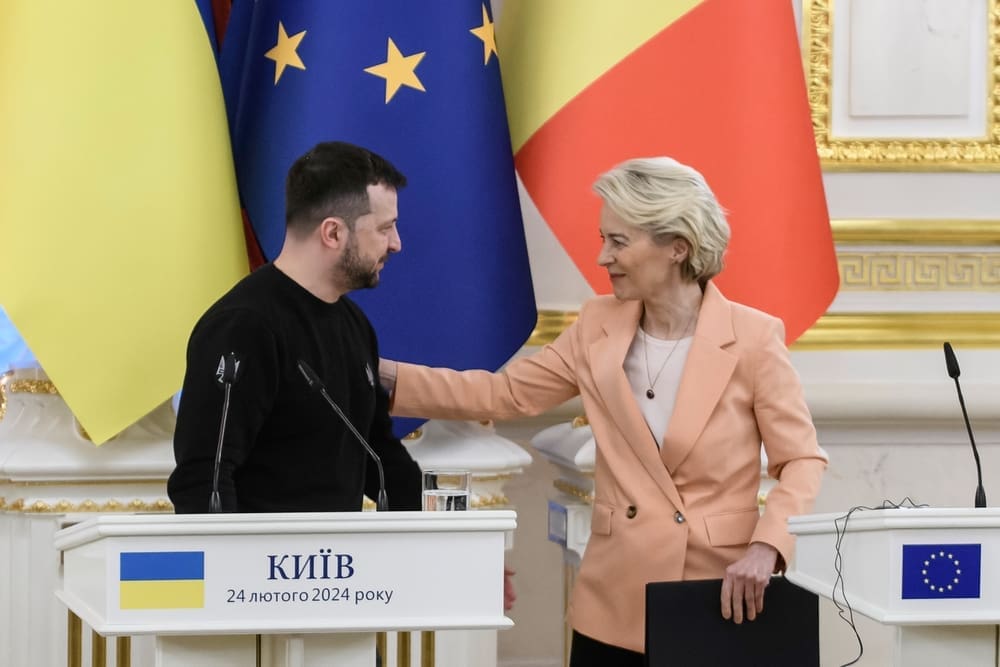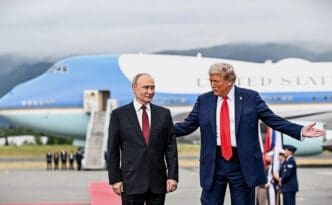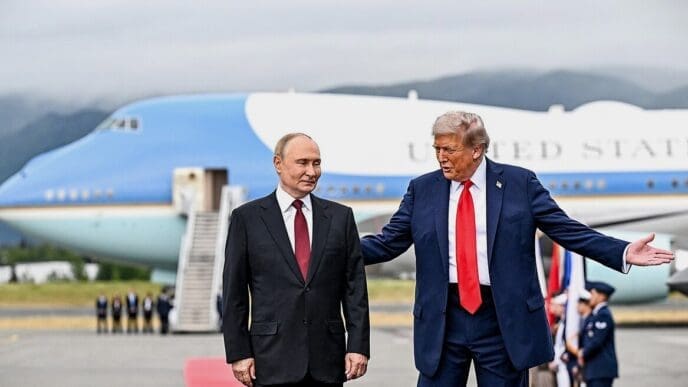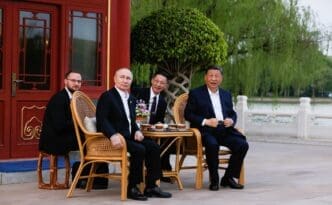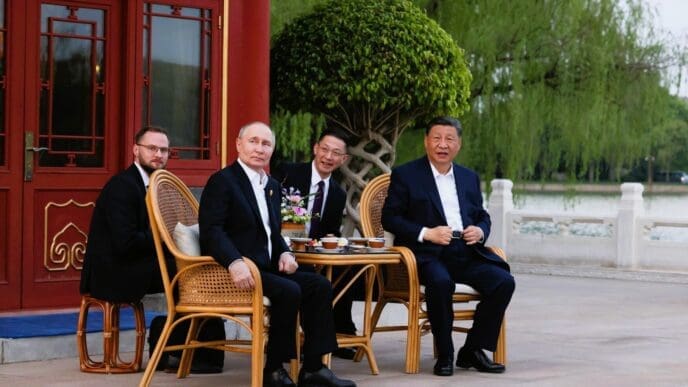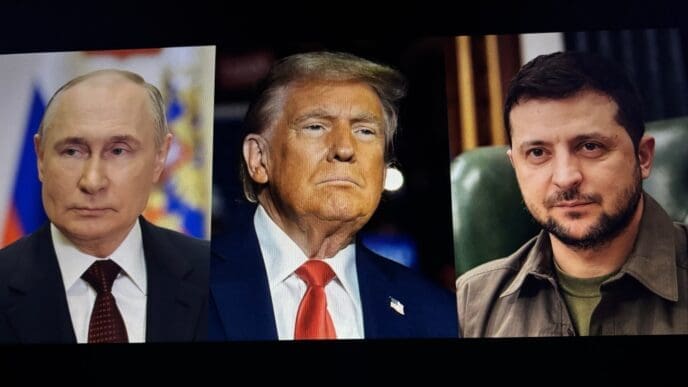The European Commission and Ukraine are progressing into comprehensive negotiations for a new trade agreement, with agriculture emerging as a particularly contentious point. These discussions follow a series of bilateral meetings held alongside the EU-Ukraine Association Council. A notable 40-minute dialogue occurred on Thursday between EU Agriculture Commissioner Christophe Hansen and Ukrainian counterpart Vitalii Koval, which was characterized as both candid and productive by an EU official.
Currently, trade between the EU and Ukraine operates under the Autonomous Trade Measures (ATMs) regime. This framework temporarily suspends all tariffs and quotas on Ukrainian agricultural exports, a response to Russia’s full-scale invasion in 2022. However, this scheme, which has already been renewed once, is slated to expire in June and cannot be extended further, necessitating a formal free trade agreement to take its place.
The existing arrangement has faced criticism from several EU member states, notably France and Poland, where farmers have protested against the influx of Ukrainian agricultural imports following the removal of trade barriers.
Tensions Over Market Access
Earlier this week, Commissioner Hansen indicated that the EU is contemplating a change in approach. He expressed that the future agreement would not replicate the same quotas and imports allowed under the autonomous trade measures. This statement was the first clear indication that Brussels is considering reducing Ukraine’s market access, contrasting with Ukraine’s desire to maintain the current level of cooperation.
Ukrainian Prime Minister Denys Shmyhal expressed the nation’s intent to negotiate with the European Commission to preserve the existing level of trade cooperation and implement it in the new agreement.
Decision-Making Process
Despite the differing positions, negotiations remain amicable. A Ukrainian official described the ongoing discussions as friendly. Koval emphasized the importance of a balanced agreement that considers both Ukraine’s economic realities and the sensitivities of European markets. He highlighted a shared vision with Hansen that trade decisions should be balanced, mutually beneficial, and contribute to stability for both farmers and consumers.
With the ATMs set to expire on June 5, the timeline for completing negotiations is tight. A Commission spokesperson confirmed that work on a new proposal is nearing completion, acknowledging the concerns of EU farmers and member states regarding the sensitivity of certain agricultural imports.
Ultimately, EU Trade Commissioner Maroš Šefčovič will not finalize the agreement, as the responsibility lies with Commission President Ursula von der Leyen’s cabinet. Given the political stakes, final decisions are expected to be made at the highest levels of the Commission.
The Evolving Landscape
The outcome of these negotiations holds significant implications for both Ukraine and the EU. For Ukraine, maintaining or increasing market access within the EU could provide a vital economic boost, especially in the wake of ongoing geopolitical tensions. Conversely, EU member states must balance the benefits of trade with Ukraine against domestic agricultural concerns and the economic pressures faced by local farmers.
The new trade agreement could reshape the agricultural landscape in Europe, impacting everything from market prices to farm operations. Consumers might experience changes in the availability and pricing of agricultural products, while farmers may need to adapt to new competitive pressures. Moreover, this agreement could set a precedent for future trade negotiations between the EU and other non-member states.
As the deadline approaches, the negotiations’ outcome will likely influence EU-Ukraine relations and the broader European agricultural sector. Stakeholders on both sides are keenly observing the talks, aware that the final agreement will have lasting economic and political ramifications.


